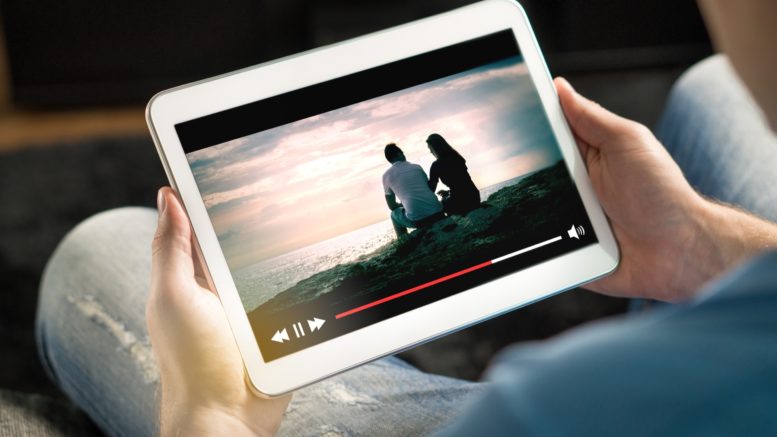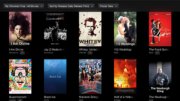Streaming services like Netflix and Hulu are more popular than ever, and many folks are either cutting the cord entirely or adding these services to a cable or satellite subscription. Unfortunately, many people are also jumping in unprepared for what’s needed to have a good streaming experience—unlike traditional TV, streaming is entirely dependent on your internet connection.
These recommendations and tips can help you avoid bandwidth bottlenecks and get the most from your streaming services.
What Are the Minimum Requirements for Streaming?
Streaming standard-definition video doesn’t actually require much in the way of speed—but SD video isn’t going to look too great on today’s large TV screens. To get a nice, crisp HD picture, you’ll need a bit more horsepower. Netflix recommends a minimum of 3 Mbps (megabits per second) for streaming SD, 5 Mbps for streaming in HD, and 25 Mbps for 4K Ultra HD.
Hulu offers similar recommendations: 1.5 Mbps for SD and 6 Mbps for HD streaming. HBO Go and other services fall in this same range. While 5 Mbps seems easy enough to hit, keep in mind these numbers are minimum suggested speeds—they don’t always guarantee an optimal experience.
What Factors Impact Streaming Performance?
There are a couple things to keep in mind if you want a smooth streaming experience. First, the advertised speed of your internet plan is the maximum speed you’ll see—various factors often bring your actual speed down. For example, heavy internet traffic in your area, environmental factors, old infrastructure, or multiple other reasons can cause slower speeds. If you’re unsure how fast your internet is running, you can check your current speed with an online tool.
If you’re using Wi-Fi, you’ll often get a slightly slower speed due to signal loss as it travels through the air. High-end routers can sometimes avoid this speed loss, but generally Wi-Fi will be slower than a direct Ethernet connection to your modem, so you may need a faster speed to make up for it.
And finally, if you’ll have more than one device streaming at once, you’ll need to account for that. That 5 Mbps number for HD streaming is for a single device. Two devices streaming at once would need 10 Mbps, three would need 15, and so on. If you have roommates or a large family, that’s something to keep in mind. Plus, these speeds don’t account for other devices using your internet for other tasks—like smartphones or gaming systems.
What Speed Is Best for Streaming?
To minimize issues and maximize smooth connections, a good starting place is to take the minimum suggestion of 5 Mbps (or 25 Mbps for 4K), double it, and then multiply that by the number of simultaneous streams you expect to have. So if you’ll commonly have two users streaming at once in Full HD, you’d want to look at 20 Mbps as a good starting point. For two simultaneous 4K streams, you’d want about 100 Mbps.
This recommendation is designed to give you plenty of headroom to account for other users performing online tasks, as well as heavy internet traffic and other interference. You can probably get away with a little less, but few things in modern life are as frustrating as fighting over internet bandwidth, so keep that in mind!
How Can I Boost Streaming Performance?
If you’re content with your internet service but still want to milk a little more speed from your plan, you can try a few things:
-
Upgrade your router. Older routers, or those supplied by internet service providers (ISPs), often lack new technologies that increase wireless throughput. Features like new wireless protocols, multiple bands, and MU-MIMO support can greatly improve performance and make your streaming experience much better.
-
Use an Ethernet connection. Another option is to go old-school and use a wired internet connection. Ethernet connections are less convenient than wireless, but they offer a couple big advantages: less signal loss and greater stability. This setup may work only if your streaming box or TV is near your modem, but it’s worth a shot.
-
Turn off unnecessary devices. If you’ve got other devices connected to the internet, either turn them off or disconnect them while streaming. It may not be enough to just close programs—many devices connect automatically in the background to perform maintenance tasks or download updates, which can eat up bandwidth and slow down your stream.
Knowledge is power, and with these tips in mind, you’ll be the most powerful streamer on the block. If you have any streaming tips, drop them in the comments!





